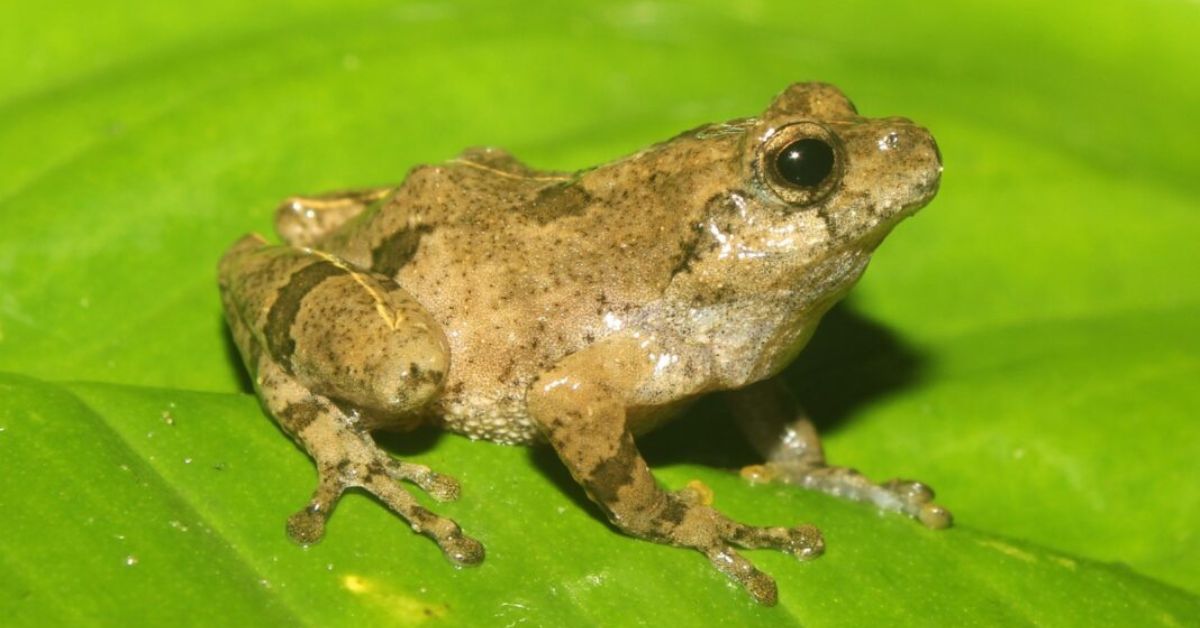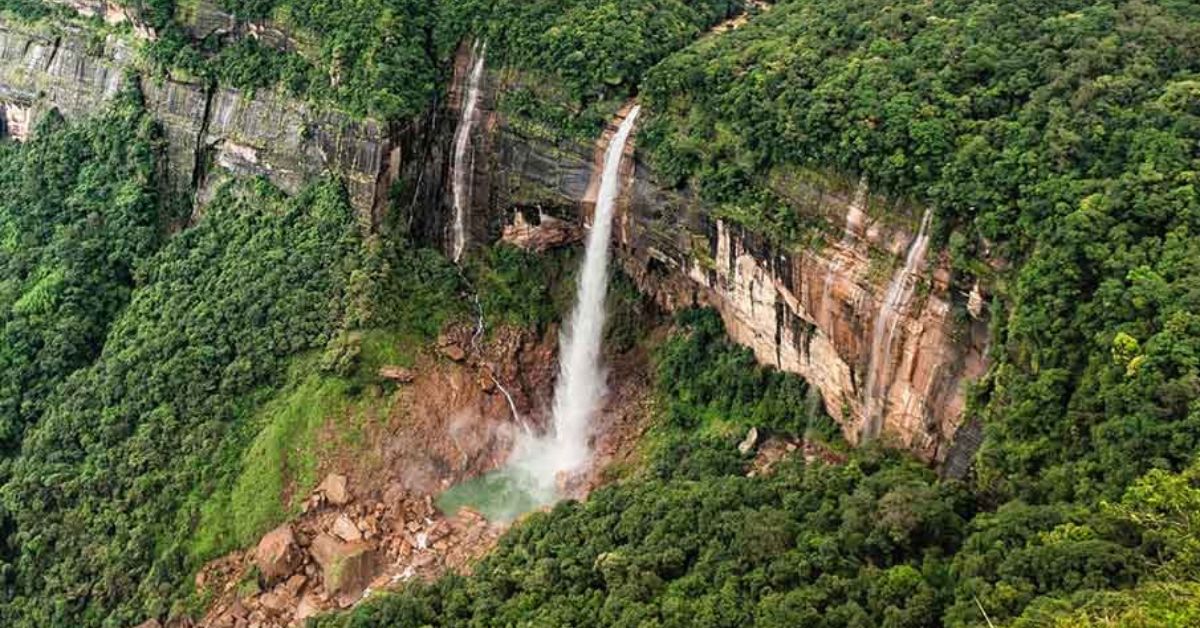Feature Image courtesy: The New Indian Express
In the misty hills of Meghalaya, scientists have recently identified two new species of bush frogs — Raorchestes jadoh and Raorchestes jakoid. Instead of naming them after distant Latin roots or foreign scientists, they chose to celebrate Khasi culture. This is not just biodiversity news. It’s a moment when language, food and nature hop together into headline-making conservation.
What do we know about Raorchestes frogs?
The newly discovered frogs belong to the genus Raorchestes, known for their small size and unusual life cycle — they bypass the tadpole stage completely, hatching into tiny adult frogs. One species has been named Raorchestes jakoid, using the Khasi word for “frog.” Its sibling is called Raorchestes jadoh, after jadoh, a traditional Khasi rice-and-meat dish central to local celebrations.

These frogs live in bushes and trees close to human settlements. This suggests they can adapt to changing environments. However, their habitats remain vulnerable due to rapid landscape changes. The frogs’ presence near villages shows a degree of ecological flexibility but also signals the need for habitat protection. Their unique calls, physical features and DNA sequences place them within the Raorchestes parvulus species complex. This genus is highly diverse and widespread in South and Southeast Asia.
Discovery in the Khasi hills reveals resilient urban-forage frogs
These frogs were found in the Khasi Hills of Meghalaya — Raorchestes jakoid in Lawbah at around 815 m elevation, and Raorchestes jadoh in Langtor at 1,655 m. Both were spotted calling from bushes and small trees near villages, proof that wildlife still lives alongside communities, even as forests shrink.
The research, carried out by scientists from Assam Don Bosco University, Help Earth and Mizoram University, involved a blend of acoustic surveys (recording their distinct calls at dusk), DNA analysis, and detailed morphology checks. The findings were published in the Journal of Threatened Taxa, underscoring Meghalaya’s standing as part of the Indo-Burma biodiversity hotspot.
Naming the frogs after Khasi culture also helps raise awareness of their habitats’ fragility. Rapid land-use change, deforestation and climate pressure pose real threats even to species that appear resilient for now.

Why these frogs show culture and conservation can belong together
By pairing natural discovery with local language and cuisine, scientists hope to achieve more than just scientific recognition. They aim to inspire pride, ownership and stewardship within Khasi communities. Dr Holiness Warjri, a researcher from Langtor Village, described his choice of R. jadoh as deeply personal, a tribute to the dish that binds families and flavours to place.
These frogs aren’t the first to highlight the region’s richness: scientists also rediscovered two other Raorchestes species last seen over a century ago (Raorchestes garo and R. kempiae). Yet it’s the new species, named not in Latin but Khasi, that marks a striking shift toward inclusive conservation, where taxonomy, tradition and territory are stitched together.
In Meghalaya’s west Khasi Hills, where language, land and life intertwine, these new frogs are more than additions to zoology; they’re ambassadors of a shared, delicate heritage. And perhaps, by calling a frog jadoh, scientists hope we taste a little more of what is at stake when species vanish, and what we lose if we ignore the local voices telling us what’s sacred.
Because conservation isn’t just about preserving species, it’s about keeping culture alive in the chorus of every dusk‑time frog call.
No comments:
Post a Comment